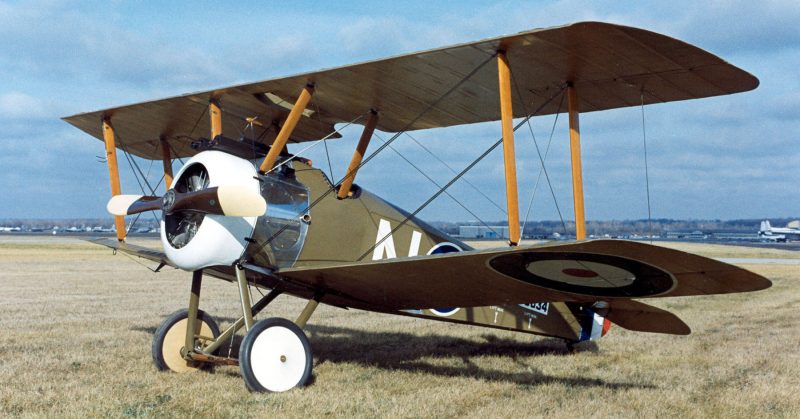Kill Rate
The Sopwith Camel, Great Britain’s most famous fighter of World War I, was also the most effective fighter deployed by any nation in the war. Camels were used to destroy over 3,000 enemy planes – more than any other aircraft of WWI.
An Evolving Design
Sopwith had already been responsible for some of Britain’s more successful fighter planes, and the Camel built upon those designs. It was particularly influenced by the Sopwith Triplane and the Sopwith Pup, from which it most obviously descended.
These were the early days of aerial combat and designers were learning lessons at an amazing rate, so that planes might become obsolete and be replaced within months. None stayed on top for more than a year.
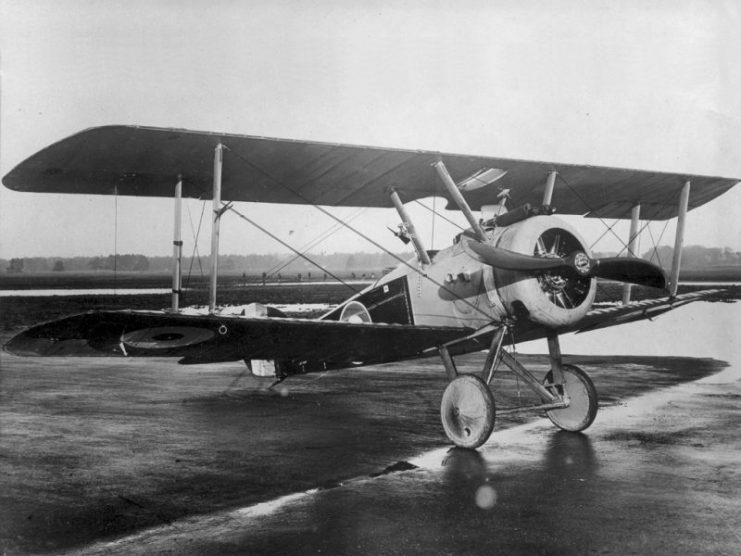
A Challenging Ride
The Camel was a challenging plane to pilot, for two reasons.
Firstly, the controls were very sensitive by the standards of the time. This gave skilled pilots a lot more ability to achieve impressive maneuvers, but it also meant that small mistakes could have a big effect.
Secondly, the engine, armament, fuel, and pilot were all positioned in the front seven feet of the plane, giving it a very forward-oriented center of gravity. This made it easy to turn, but also to over-turn.
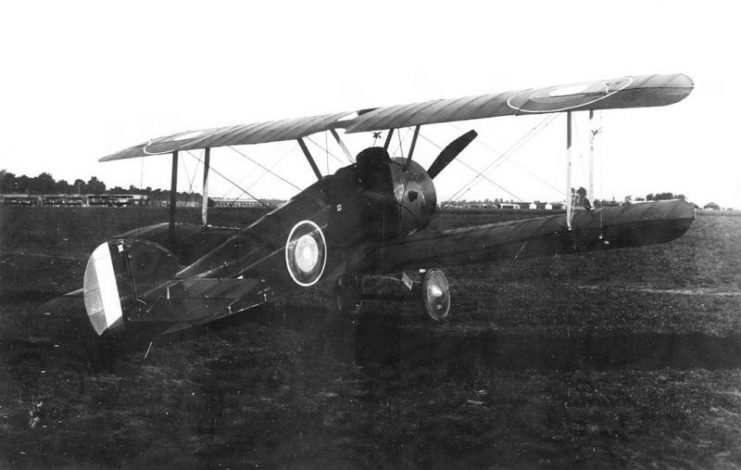
Together, these features made the Camel unforgiving of careless trainees, and it gained a reputation for weeding them out through fatal crashes.
First Flight
The first flight by a prototype Camel took place on February 26, 1917 at the Brooklands aerodrome in Surrey.
Into Action
The Camel entered the war before British flyers were combined into a single force. The first deliveries of the aircraft were made in June 1917 to the Royal Naval Air Service (RNAS) No. 4 Squadron, which flew out of Dunkirk.
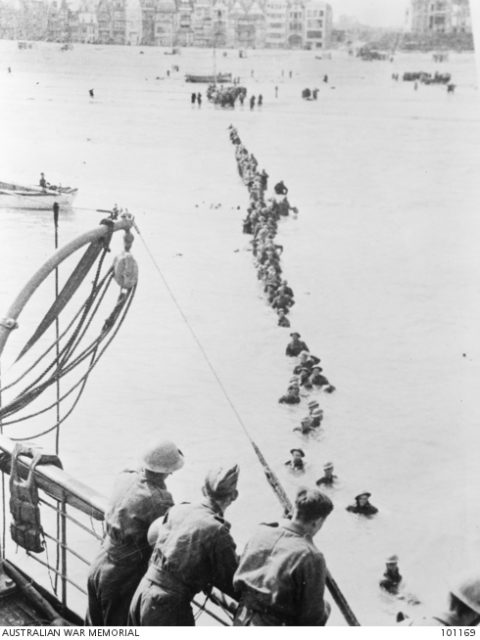
First Kills
The RNAS quickly made good use of their new machines. On June 4, Flight Commander A. M. Shook achieved the first kill with a Camel, shooting down a German aircraft over the sea. The next day he got two more probable kills during a dogfight with a squadron of 15 Germans.
The Royal Flying Corps (RFC) received their first Camels soon after. Their first kill with a Camel was achieved on June 27 by Captain C. Collett.
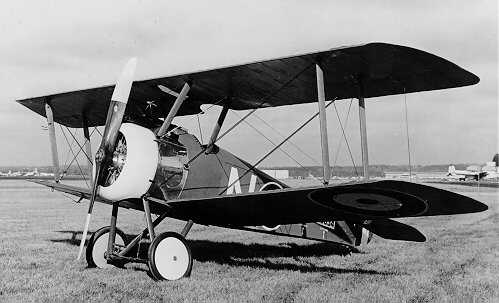
Sharp Right Turns
One of the Camel’s most distinctive features was an amazingly fast right turn. This came from a combination of the plane’s forward weight and the torque of its powerful rotary engine. It was a feature unique to this fighter.
Pilots made great use of that right turn to gain an advantage over their opponents. On some occasions, they even used a 270° right turn instead of a slower 90° turn to the left.
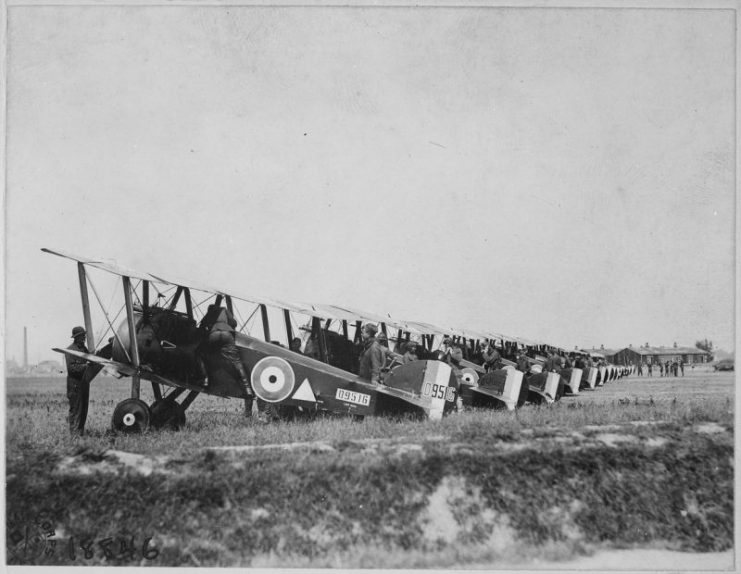
This ability came with a downside. The torque of the engine meant that the plane’s nose would try to turn steeply down during a right turn. Conversely, it tended to climb during a left turn. The former tendency was far more dangerous to pilots, and was one more reason why the Camel was so unforgiving to an unskilled flyer.
Speed
The Camel had a good turn of speed, comparable with many other late war machines. Its top speed was around 117 miles per hour.
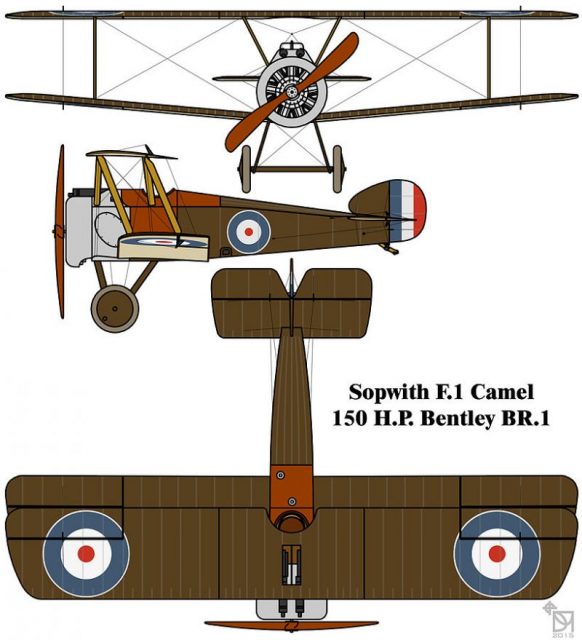
Reaching Heights
The Camel could climb up to 10,000 feet in ten and half minutes, up to a maximum flight ceiling of 19,000 feet.
Weaponry
The main armament of the Camel was a pair of 7.7mm Vickers machine guns. These were mounted in the nose, using synchronization gear to let them fire straight ahead without shooting off the propeller.
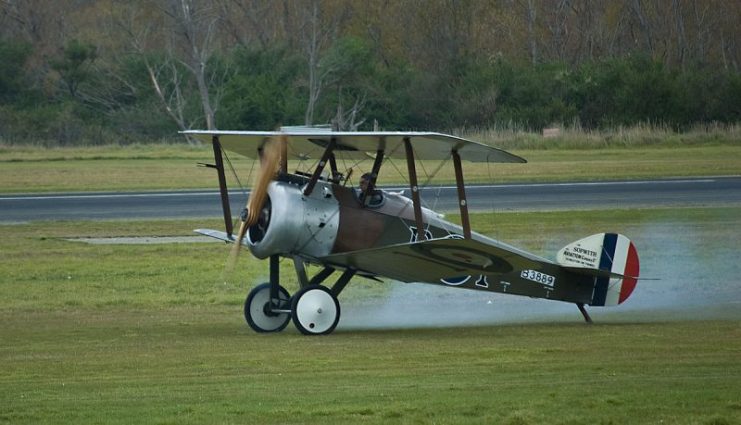
Like many WWI fighters, the Camel could also carry bombs – four 25-lb devices carried underneath the body of the plane.
Greatest Battles
Camels took part in some of the most notable aerial engagements of the war.
On 24 March 1918, during the Battle of Cambrai, Camel pilot Captain J. L. Trollope destroyed six enemy planes in one day.
On 21 April 1918, Canadian pilot Roy Brown flew a Camel into combat against Germans including the “Red Baron,” Manfred von Richthofen. The Red Baron was the greatest German ace of the war, a man who had defined fighter combat. He was killed during this battle and Brown is one of the people who has been credited with the kill.
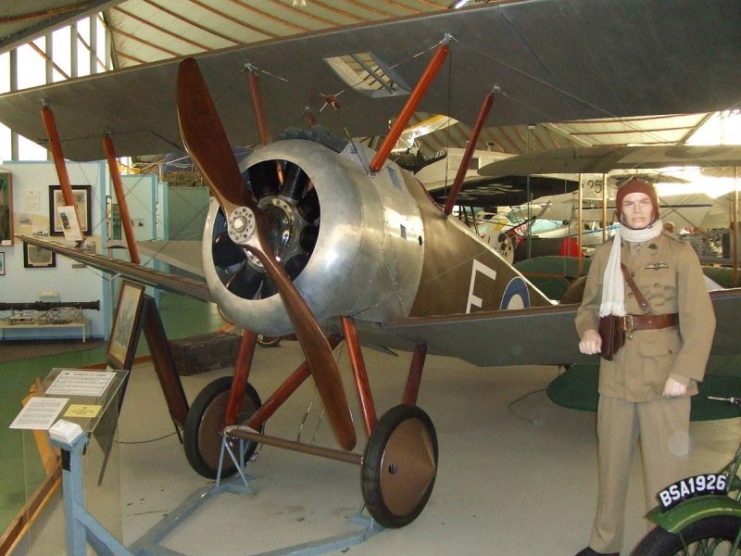
On 4 November 1918, only a week before the armistice, Camels took part in the greatest dogfight of the war, taking on 40 German Fokker D. VII fighters. Between them, Camel pilots from Number 65 and 204 Squadrons claimed ten kills, eleven enemies driven out of control, and one forced down to the ground.
Variations
Several variations were built around the standard Camel design.
The most successful was a version with a removable tail, for easier storage on aircraft carriers. This model remained in use beyond the end of the war.
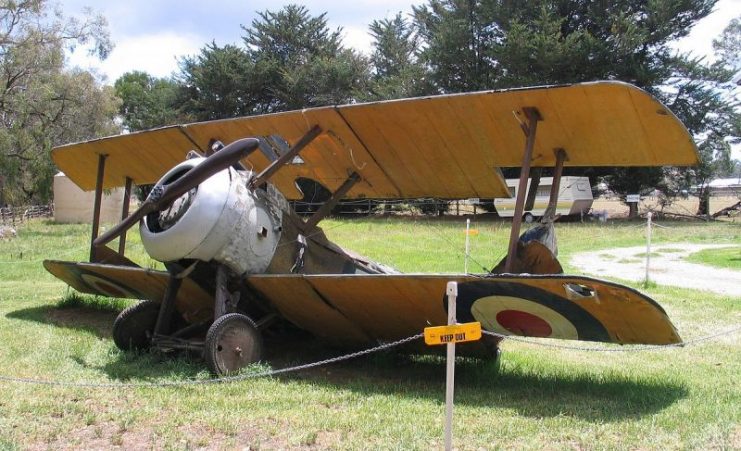
A prototype was made of a ground attack version, with downward-firing Lewis guns to attack enemy infantry. This never went into production.
Experiments with Airships
The military was interested in providing airships with better protection from fighter attacks. As part of this, they experimented with giving them fighters they could carry. Airship R.23 was fitted with a cradle from which Camels were launched, but this concept didn’t get beyond the test phase.
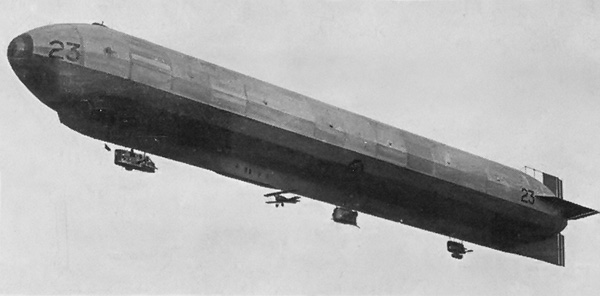
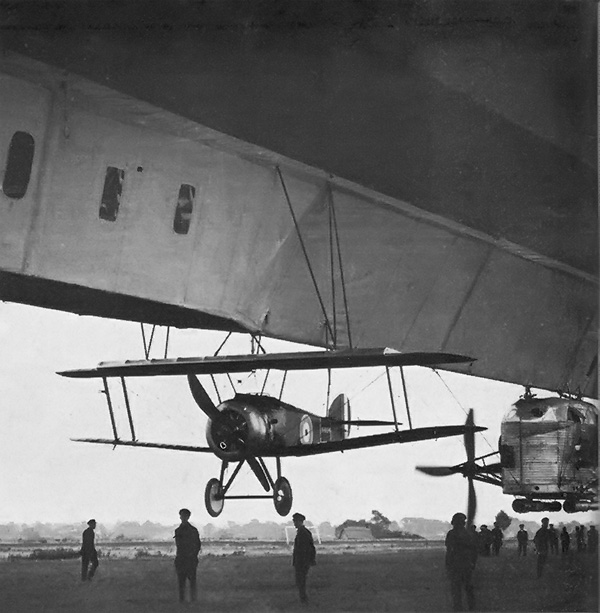
All the Camels
In total, around 5,500 Camels were made.
Read another story from us: 5 Sopwith Fighter Planes in Over 35 Images
International Use
As well as being flown by British pilots on both the Western and Eastern Fronts, the Camel was used by several other countries. America, Belgium, Canada, Greece, and Russia all made use of this fine flying machine.
